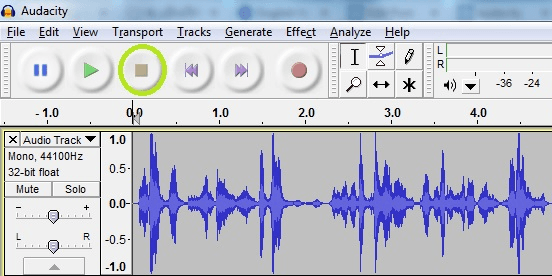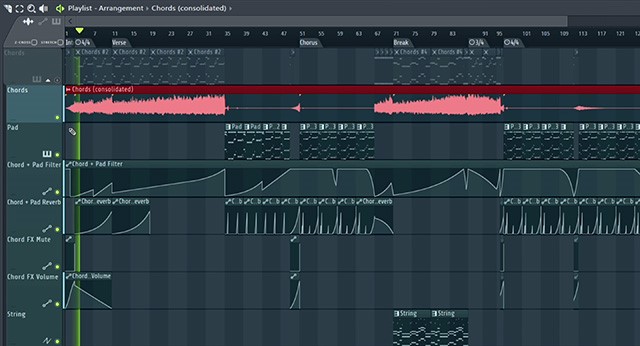

The Threshold control is the tipping point- the point where Compressor decides if something is "loud" (and should be made quieter) or "quiet" (in which case it leaves it alone).The latter means that Compressor will look at the peaks of the waveform rather than its average value. The former means that Compressor will maximize the volume of the track after it does its work.Check Make-up gain for 0dB after compressing and Compress based on Peaks.The Compressor is a complex but very useful effect, so let's take a moment to see how it works. The Compressor effect works by making the loud parts quieter, then amplifying everything, which ends up making the quiet parts louder. Choose Effect > Volume and Compression > Compressor.Click on the Track Control Panel of your narration track and select the entire track.You could go through and manually adjust the volume throughout your narration track, but there's an easier way - use Audacity's built-in Compressor effect.


Remember, your listeners can't see you, so having a consistent volume for your narration is important so they'll be able to hear and understand everything you're saying. Unless you are professional narrator or voice-over specialist there are probably level (volume) variations during your narration. Extraneous noises should be edited with Click Removal, Repair or Amplify before the Normalize step. NOTE: Extraneous noises in the recording can cause Normalize to create unwanted changes in the stereo balance, or prevent recordings being made as loud as they can be. To correct unwanted volume differences between left and right, check "Normalize stereo channels independently". However basic consumer-level equipment can often record with channels unbalanced.



 0 kommentar(er)
0 kommentar(er)
